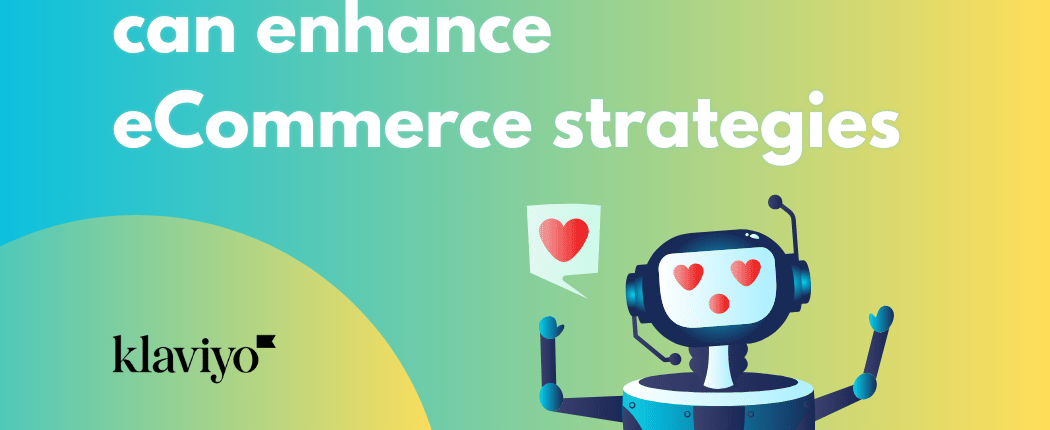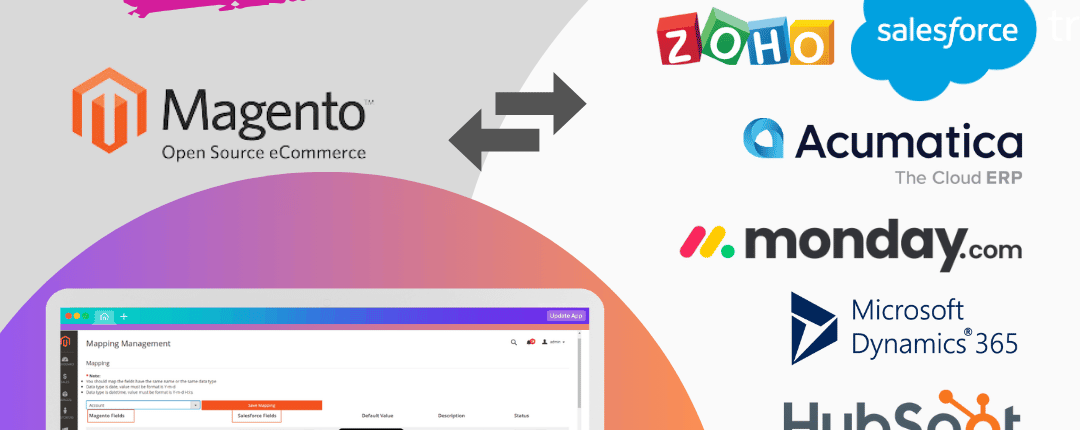Today’s e-commerce business owner has a multitude of choices when it comes to online payment solutions. There are PayPal, credit cards and mobile payment solutions, such as Apple Pay and Android Pay, or local ones like Blik, Square Cash, Venmo or
Facebook Messenger.
It is really important for younger generation customers.
The study of 2,170 U.S. millennials, done by education loan company LendEDU, found that 44% of people born between 1981 and 1997 say PayPal-run Venmo is the mobile payment app they use most often. Another 1% and 4% said they most often use Square Cash or some other mobile payment app, respectively.
Source: http://web1.cutimes.com/2017/04/26/millennials-shunning-fis-mobile-payment-apps
But offering a variety of payment options to customers can be pricey, especially for smaller e-commerce businesses.
Here are some tips for picking the right payment solution(s) for your business – and your customers.
1. Vet providers
“Choose someone who has a good reputation,” says Mark Tuchscherer, president of Geeks Chicago. Ask fellow business owners who they use and if they are happy. Read online reviews.
I would add something: Please check what is most popular in your market, what is most secure, and what is cheapest.
Magento has plenty of free-of-charge plugins to integrate with the shop, even many local solutions.
I remember the situation in one company that used the credit card terminal for over 10 years. They didn’t change their agreement or even look for a competitor solution. They paid every month’s installment fee and additional fees for each transaction, depending on the credit card type used. Once I recommended changing the provider, they saved 3% of their transactional fee and removed installment fees.
I suggest simply doing some research every two years to find out what is going on in the payment services market. They saved $10.000 in the first year.
2. Make sure financial information will be protected.
When small business owners consider e-commerce payment solutions, the primary consideration should be security and PCI compliance, especially now that more personal security regulations are coming into the market.
I suggest using the terminals and good, reliable plugins for your software. I know that many CRM, marketing automation, or email marketing software have secure and reliable integration with many payment service providers, such as Zoho or Agile CRM.
The customer data can go directly to the CRM contact information and invoicing system.
3. Find out and compare fees
What does the service or plugin cost per month? Is there a one-time setup fee? Also, find out what the transaction fees are for your merchant account.
Also, compare the costs per transaction versus monthly minimums, especially in the USA. European Union has its regulations and many players in the market. There are no exit fees, and most payment services have competitive fee models.
Non-profit organizations have quite a few cheap options for collecting funds. All payment service providers give them many discounts on fees.
4. Think globally.
If your business is or plans to sell to customers outside your home market, choose a payment platform that accepts different currencies. Currently, most payment services have it as a standard.
Based on my client’s experience, the most popular payment methods are PayPal, Wise.com, for B2B, and Apple Pay for mobile sales.
5. Consider a solution that offers more than just credit card processing – and has good tech support.
For me, it is obvious, but all companies have recently had very good customer service, and it is simply a must.
6. Choose a few payment solutions
Some customers prefer PayPal, even if it is not so cheap in some markets. Stripe is very popular in Magento shops.
I will add local providers like European Payu or Skrill, Asian WeChat Pay, or Alipay – for Aliexpress.
I may also leave a standard check or bank transfer possibility because some customers prefer the old way of payment.








Share this entry